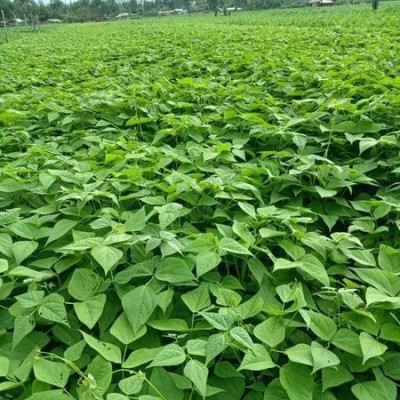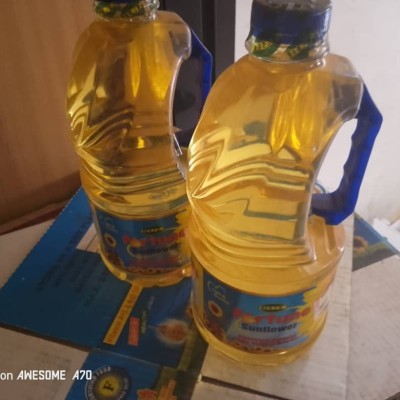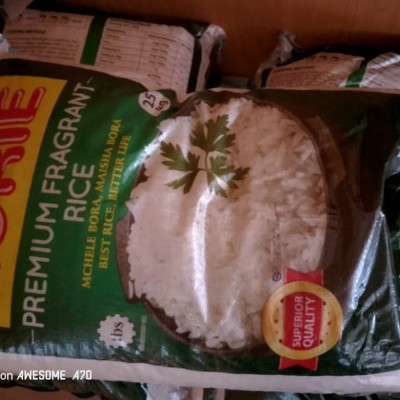Ecological requirements
Common beans grow within a range of temperatures of 17.5 - 27°C. In temperatures above 30°C flower buds are likely to fall and seeds are rarely formed at temperatures over 35°C. They are sensitive to night frost. Common beans are usually grown at altitudes between 600 - 2000 m above sea level.
A moderate well-distributed rainfall is required (300 - 400 mm per crop cycle) but dry weather during harvest is essential. Both drought and waterlogging are harmful.
Suitable soil types
range from light to moderately heavy and to peaty soils with near-neutral pH and good
drainage. Common bean is susceptible to salinity.
Yields of up to 10 bags per acre can be obtained but low rainfall, poor crop management, low fertility; high bean fly incidence and use of inappropriate seed variety can hinder this.
Seed
Good quality seeds of the appropriate variety should always be used for high yields.
Certified Seeds
It is recommended that you buy certified seed from reputable companies . Certified seeds have almost 100% germination and are free from diseases.
If you are to use your own seed, select seeds that are:
▪ Uniform variety
▪ Free from seed-borne diseases and pest damage.
▪ Free from inert materials
▪ Not shrivelled, mouldy or cracked
▪ Not rotten or discoloured
Own Seed
If you use your own seed, treat with Active Ingredient Content: Thiamethoxam 20% + Metalaxyl - 20% + Difenoconazole 2%.at the rate of 20g for each 4kg of seed.
Land preparation
Prepare land to a fine tilth 2-4 weeks before onset of rains to allow organic materials to fully decompose. Hoes, oxen plough and tractors can be used for ploughing.
Time of planting
Timely planting is crucial and sowing should be at the on-set of the rains after a minimum of 30mm of rainfall has been received.
Seed rate
40-50kg/ha (16-20kg/acre), 2 seeds per hill
Spacing:
Plant at 45cm between rows, and 20cm between plants for sole crop (put 2 seeds per hill).
Beans are excellent for inter cropping with other food crops, such as maize and can help supply the other crops with nitrogen to a limited degree.
When inter-cropping with maize, inter plant 2 bean rows between the maize rows at 15cm
within the row and put 1 seed per hill
Fertilizer
Use of Farmyard Manure (6-8 ton/acre) is recommended especially where soils are low in organic matter. DAP fertilizer should be applied at the rate of 1/2 bag/acre (25kg/acre) during planting. The fertilizer should be thoroughly mixed with soil before covering the seed.
Using an Inoculant like Bio-fix
It is recommended to use an inoculant to help beans get Nitrogen from the air. When bean seeds are inoculated with Bio-fix, it increases the crop’s Nitrogen intake to levels higher than those experienced with mineral fertilizers. The result is faster growth and higher yields of beans.BIO-FIX is not expensive and is available in various quantities. Put 2 spoons sugar/30g
gum arabic in the pack in 300ml lukewarm water and mix well with 15KG seed as per
instructions on the pack. Make sure all seeds are wet and then pour 100g / 10 teaspoonful of inoculant to the wet seeds and put in the shade covered with a sack. Plant the same day.







